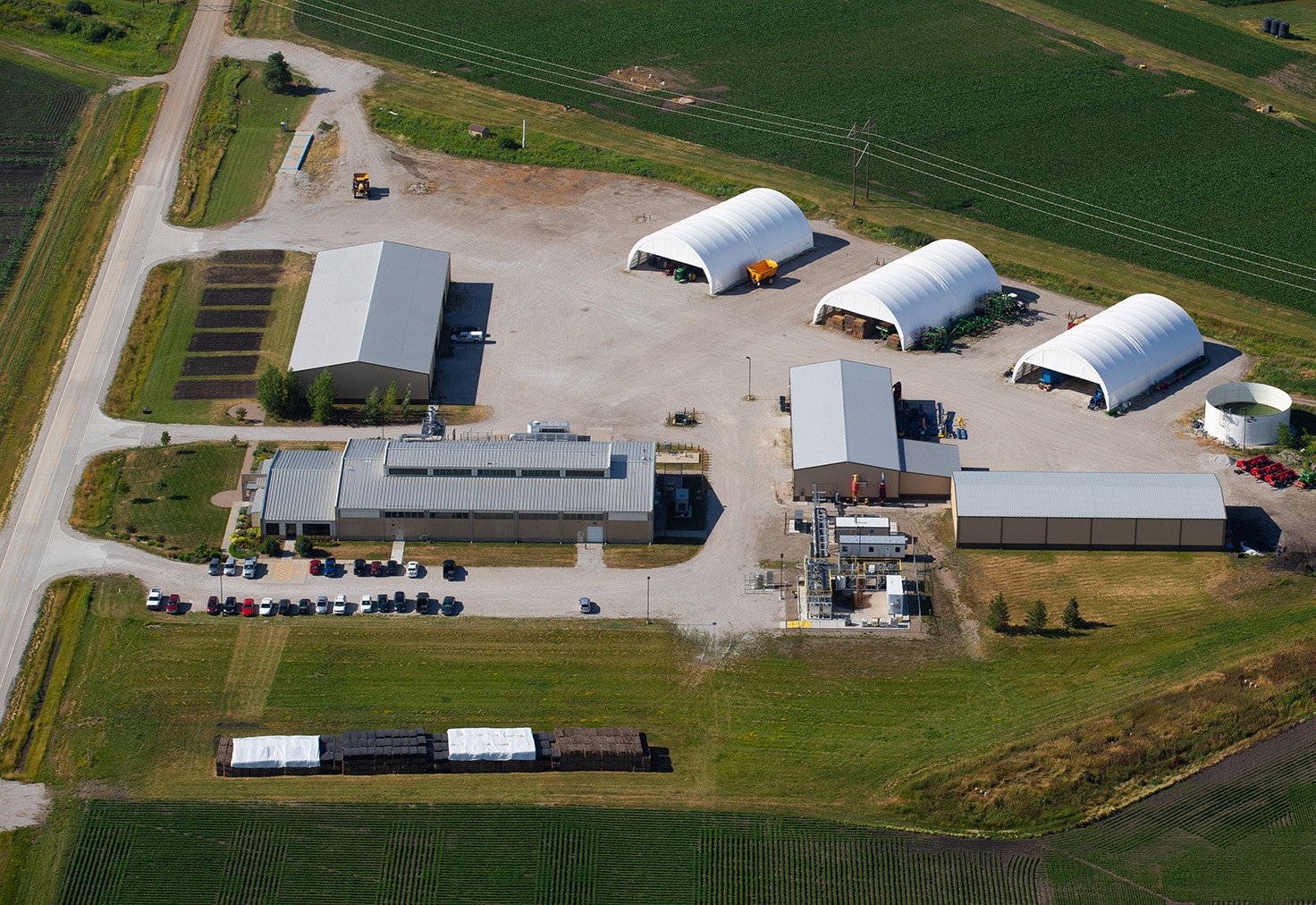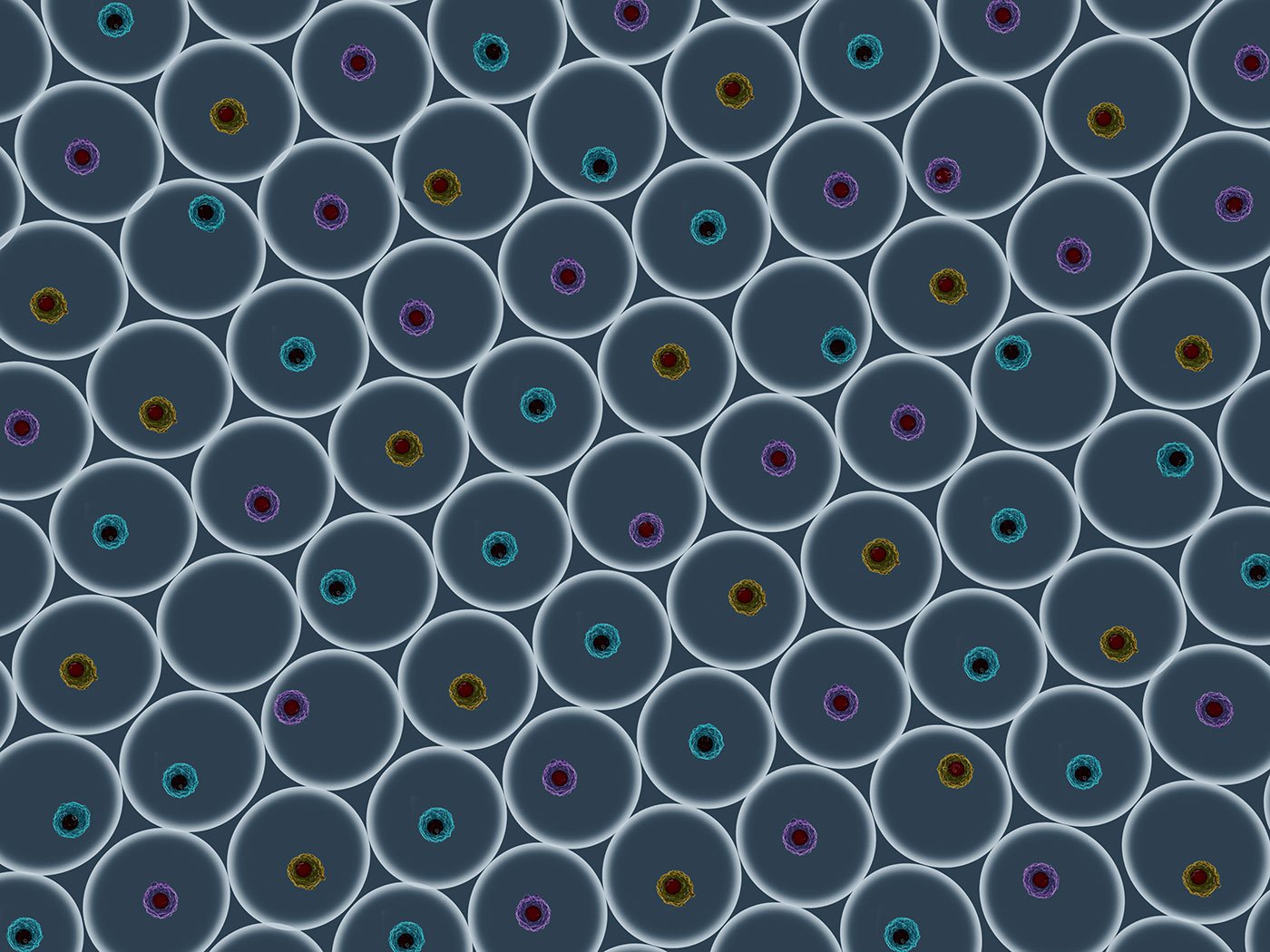Scientists have known for some time that Alzheimer’s disease affects brain regions differently. And they have a detailed understanding of how misfolded tau forms toxic tangles in the brain, impairing neuronal function. Typically, brain areas like the entorhinal cortex and hippocampus succumb early to tau tangles, while other areas, like the primary sensory cortices, remain resilient to the disease.
To better understand this observed selective vulnerability or resistance to Alzheimer’s disease, researchers have looked at gene association data or run transgenic studies to identify relevant risk genes. But these studies failed to establish a clear link between the location of genetic risk factors and tau pathology until now. Using brain imaging, gene expression data, and mathematical modeling, scientists from the University of California, San Francisco (UCSF), and their collaborators elsewhere have identified distinct pathways by which risk genes confer vulnerability or resilience in AD. Details are published in a new Brain paper titled “Selective vulnerability and resilience to Alzheimer’s disease tauopathy as a function of genes and the connectome.”
According to the paper, the scientists applied a model of disease spread, called the extended network diffusion model (eNDM), to brain scans from 196 individuals at various disease stages. “We think of our model as Google Maps for tau,” said senior study author Ashish Raj, PhD, a professor of radiology and biomedical imaging at UCSF. “It predicts where the protein will likely go next, using real-world brain connection data from healthy people.”
The scientists subtracted what the model predicted from what they saw in the brain scans. The leftovers, called residual tau, indicated areas where something else besides brain connections plays a role in the buildup of tau. Then, using gene expression maps from the Allen Human Brain Atlas, the scientists assessed the degree to which Alzheimer’s risk genes explain the patterns of actual and residual tau. This way, they could tease apart which genetic effects act with or independently of the brain’s wiring.
Based on their analyses, the team identified four distinct gene types based on how much and in what manner they were predictive of tau. The first category, they dubbed Network-Aligned Vulnerability (SV-NA), which refers to genes that boost tau spread along the brain’s wiring. The second category is dubbed Network-Independent Vulnerability (SV-NI), which refers to genes that promote tau buildup in ways unrelated to connectivity. The third category is Network-Aligned Resilience (SR-NA), which covers genes that help protect regions that are otherwise tau hotspots. Finally, Network-Independent Resilience (SR-NI) refers to genes that offer protection outside of the network’s usual path.
“Vulnerability-aligned genes dealt with stress, metabolism, and cell death; resilience-related ones were involved in immune response and the cleanup of amyloid-beta,” explained Chaitali Anand, PhD, a UCSF postdoctoral researcher and first author on the Brain study. “In essence, the genes that make parts of the brain more or less likely to be affected by Alzheimer’s are working through different jobs—some controlling how tau moves, others dealing with internal defenses or cleanup systems.”
These findings “offer new insights into vulnerability signatures in Alzheimer’s disease,” said Raj, and they could “prove helpful in identifying potential intervention targets.” This study “offers a hopeful map forward: one that blends biology and brain maps into a smarter strategy for understanding and eventually stopping Alzheimer’s disease,” he added.
The post Alzheimer’s Risk Genes’ Pathways for Influencing Tau Spread in the Brain Mapped appeared first on GEN – Genetic Engineering and Biotechnology News.




